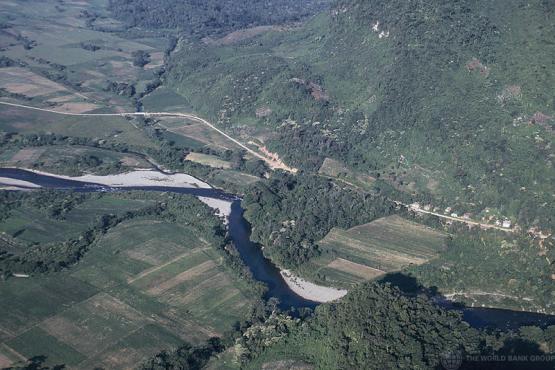Project Overview
Mexico is the seventh biggest producer of beef worldwide and devotes more than half of its territory to livestock. At the national level, the states of Veracruz and Jalisco are the first and second biggest beef producers, respectively representing 15 percent and 11 percent of national production. However, livestock generates more than 10 percent of greenhouse gas emissions and unsustainable ranching and agriculture practices have been one of the main drivers of deforestation, soil degradation and river pollution. Forest loss puts national biodiversity at risk. To enhance food security for its growing urban population while guaranteeing environmental protection, national strategies and action plans on land degradation neutrality and land restoration were put in place. Despite progress, changes are not occurring at the scale and pace required to address current land degradation trends.
-
Sites:
Watersheds in Veracruz, Jalisco, Chiapas and Chihuahua
-
Commodities:
livestock, coffee
-
Area Covered:
914,234 hectares
-
Executing Partner and GEF Implementing Agency:
World Bank

Project features
The project objective is to integrate land planning and the use of natural resources with livestock and coffee supply chains, while promoting sustainable practices in the livestock and agricultural sectors. To address the urgent need for restoration, the project will involve developing integrated landscape management systems, while supporting new and improving existing land-use instruments in 15 targeted priority watersheds, mainly Integrated Watershed Action Plans.
Through the promotion of sustainable food production practices and responsible value chains the focus will be on capacity building and other enabling activities aimed at preparing producer groups to get organized, develop business management skills and productive practices related to livestock and agroforestry value chains.
Activities focused on technical assistance, capacity building and demonstration and dissemination of good productive practices will take place in watershed areas.
It will implement a gender-sensitive approach in consultations with stakeholders, aiming to benefit 1.7 million women of 3.6 million total direct beneficiaries.

View of rural area, Mexico. By © Curt Carnemark/World Bank







